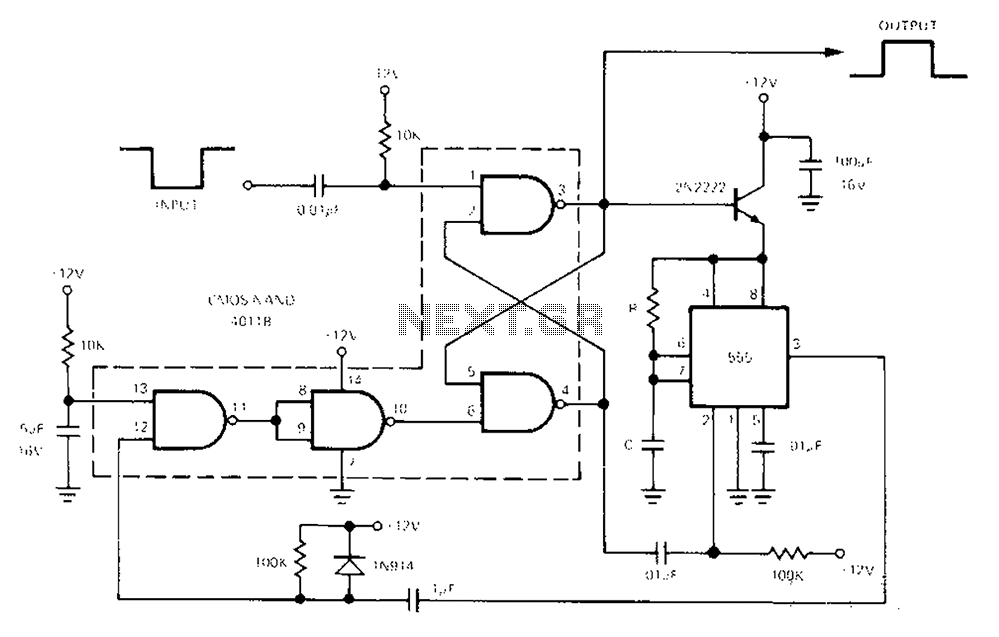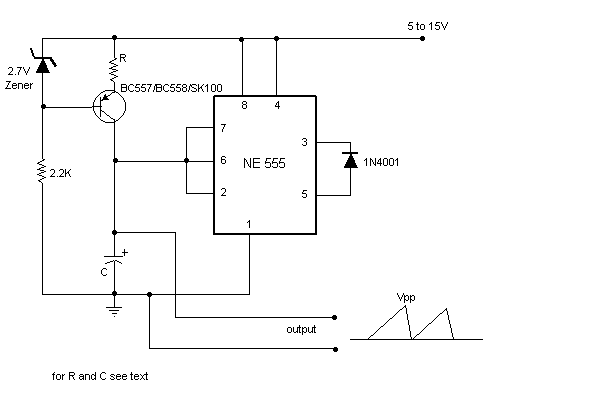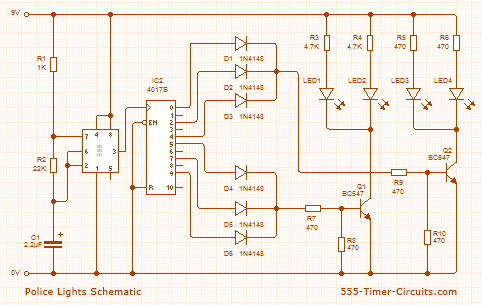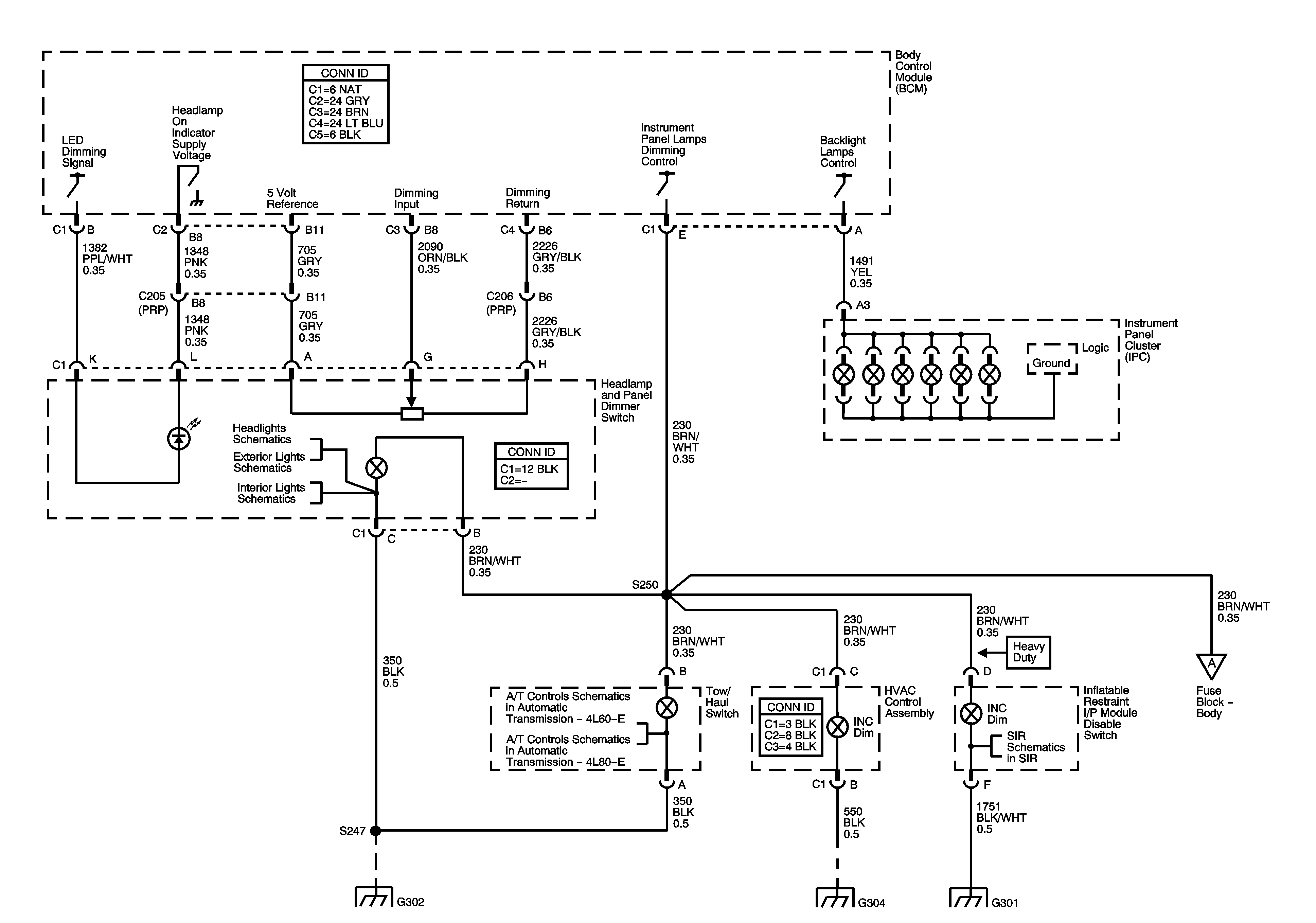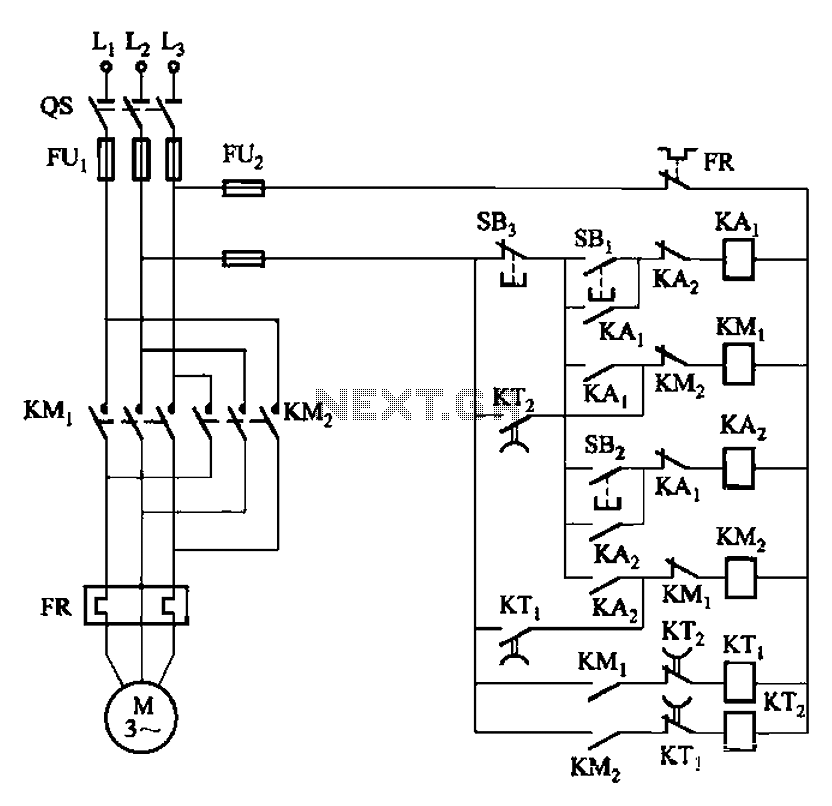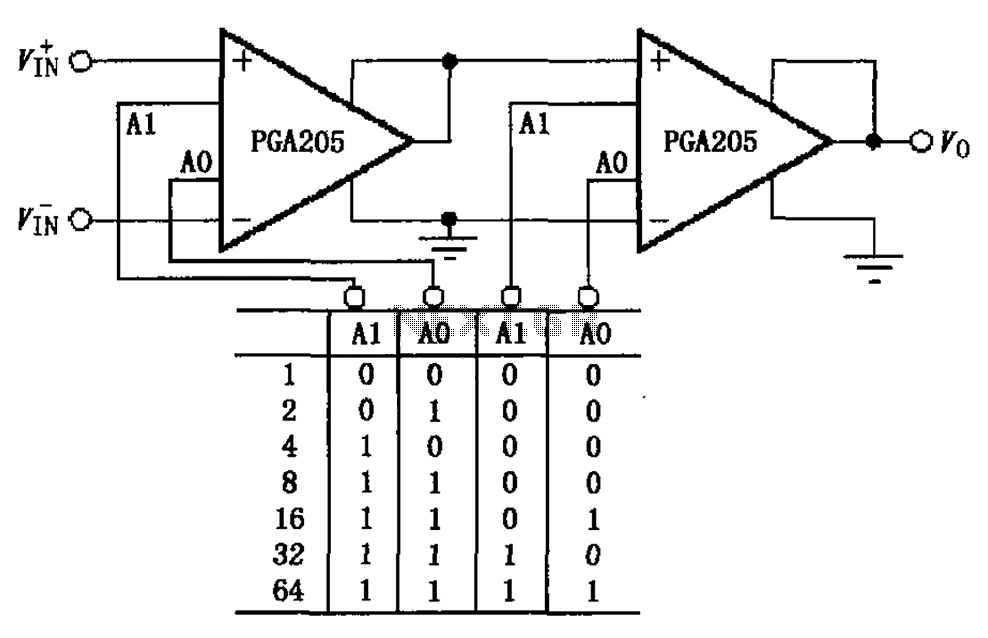
Glove circuit that lights up with a hand shake
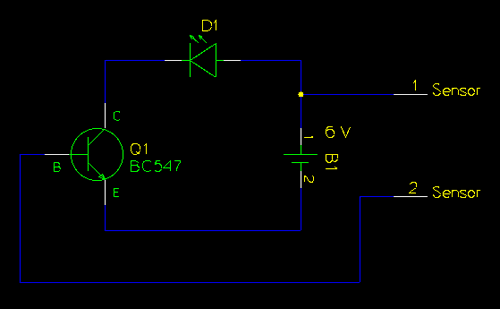
The task involved testing the capacitive properties of food by connecting various edibles to an Arduino. This project, known as BeetBox, was developed by Scott Garner, a student at NYU-ITP, who designed an innovative musical instrument that uses beets as drums. The BeetBox serves as an example of how everyday materials can be transformed into interactive art. Additionally, there are mentions of various projects and collaborations, including a recipe from Laurence Humier's book on molecular gastronomy, which explores new culinary possibilities. Other notable works include light diffusion techniques using acrylic sheets and the creation of lamps with Bare Paint by Patrick Stevenson-Keating for the Milan Furniture Fair. The text also references the development of a handcrafted glass particle accelerator and the challenges faced in creating magnetic paint, as discussed by Nick Vermeer and others at the Pumping Station: One hackerspace.
The project involves utilizing an Arduino microcontroller to measure the capacitive properties of food items, which can be used to create unique musical sounds based on the electrical characteristics of different edibles. The BeetBox instrument leverages this concept, allowing users to engage with food in a novel way, transforming beets into playable drum pads. The capacitive sensing technique involves connecting the food items to the Arduino, which can detect changes in capacitance when a user interacts with the surface of the food, effectively turning it into a touch-sensitive interface.
The design of the BeetBox emphasizes creativity and experimentation in the realm of food and technology. By integrating molecular gastronomy principles, the project encourages exploration of how various ingredients can influence sound and interaction. The incorporation of light diffusion technology, as seen in the use of Endlighten acrylic sheets, demonstrates the potential for integrating visual elements into the experience, enhancing the overall aesthetic appeal of the project.
Furthermore, the mention of DIY conductive ink and magnetic paint highlights the innovative spirit within the maker community, where individuals experiment with materials to create new forms of art and technology. The projects discussed showcase a blend of creativity, science, and engineering, demonstrating the versatility of everyday materials in the development of interactive installations and musical instruments. Overall, the BeetBox and related projects signify a growing trend in the intersection of culinary arts, electronics, and design, inviting users to rethink the boundaries of traditional art forms.The assignment was to test the capacitive properties of food by wiring edibles to an Arduino running. BeetBox from Scott Garner on Vimeo. Scott Garner, a student at NYU-ITP, created this wonderful musical instrument where the drums are actual beets.
Here`s Scott`s description of the project: Concept The BeetBox is. This is a guest blog post by Laurence Humier and includes a recipe from her new book (written in collaboration with Audrey Tardieu) Cooking Material: Could molecular gastronomy help discover new matter (also available on. This is a guest post by Victor Babbitt - thank you Victor for sharing your work with us. Light is much harder to handle than electricity. How do we transfer large amounts of light over distances and around many corners. Heart On Your Sleeve from Scott Garner on Vimeo. Endlighten is an acrylic sheet infused with colorless light diffusing particles. While regular acrylic only diffuses light around the edges, . Another beautiful piece by Patrick Stevenson Keating via the Bare Conductive website: For the 2012 Milan Furniture Fair, Patrick Stevenson-Keating put together some incredible lamps using Bare Paint suspended in oil.
. Patrick Stevenson Keating created a handcrafted glass particle accelerator for the Milan Design week: The piece consists of a series of organically-shaped hand-blown glass bulbs each attached to a pump via a tube. I used to buy magnetic paint, but I wasn`t very happy with its strength, consistency and color, so Nick Vermeer and I decided to make our own.
More often than not, things turn out to be more complicated than they appear, . A few months ago I visited Pumping Station: One where I met William McShane and saw his magnetic + conductive paint LED display. On the video above William explains how it works. This was recorded with my phone so the. A few months ago, Jordan Bunker from the hackerspace Pumping Station: One shared his experiments and simple recipe for a DIY conductive ink.
Now, Nick Vermeer from the hackerspace NYC Resistor, arrived at a different. 🔗 External reference
The project involves utilizing an Arduino microcontroller to measure the capacitive properties of food items, which can be used to create unique musical sounds based on the electrical characteristics of different edibles. The BeetBox instrument leverages this concept, allowing users to engage with food in a novel way, transforming beets into playable drum pads. The capacitive sensing technique involves connecting the food items to the Arduino, which can detect changes in capacitance when a user interacts with the surface of the food, effectively turning it into a touch-sensitive interface.
The design of the BeetBox emphasizes creativity and experimentation in the realm of food and technology. By integrating molecular gastronomy principles, the project encourages exploration of how various ingredients can influence sound and interaction. The incorporation of light diffusion technology, as seen in the use of Endlighten acrylic sheets, demonstrates the potential for integrating visual elements into the experience, enhancing the overall aesthetic appeal of the project.
Furthermore, the mention of DIY conductive ink and magnetic paint highlights the innovative spirit within the maker community, where individuals experiment with materials to create new forms of art and technology. The projects discussed showcase a blend of creativity, science, and engineering, demonstrating the versatility of everyday materials in the development of interactive installations and musical instruments. Overall, the BeetBox and related projects signify a growing trend in the intersection of culinary arts, electronics, and design, inviting users to rethink the boundaries of traditional art forms.The assignment was to test the capacitive properties of food by wiring edibles to an Arduino running. BeetBox from Scott Garner on Vimeo. Scott Garner, a student at NYU-ITP, created this wonderful musical instrument where the drums are actual beets.
Here`s Scott`s description of the project: Concept The BeetBox is. This is a guest blog post by Laurence Humier and includes a recipe from her new book (written in collaboration with Audrey Tardieu) Cooking Material: Could molecular gastronomy help discover new matter (also available on. This is a guest post by Victor Babbitt - thank you Victor for sharing your work with us. Light is much harder to handle than electricity. How do we transfer large amounts of light over distances and around many corners. Heart On Your Sleeve from Scott Garner on Vimeo. Endlighten is an acrylic sheet infused with colorless light diffusing particles. While regular acrylic only diffuses light around the edges, . Another beautiful piece by Patrick Stevenson Keating via the Bare Conductive website: For the 2012 Milan Furniture Fair, Patrick Stevenson-Keating put together some incredible lamps using Bare Paint suspended in oil.
. Patrick Stevenson Keating created a handcrafted glass particle accelerator for the Milan Design week: The piece consists of a series of organically-shaped hand-blown glass bulbs each attached to a pump via a tube. I used to buy magnetic paint, but I wasn`t very happy with its strength, consistency and color, so Nick Vermeer and I decided to make our own.
More often than not, things turn out to be more complicated than they appear, . A few months ago I visited Pumping Station: One where I met William McShane and saw his magnetic + conductive paint LED display. On the video above William explains how it works. This was recorded with my phone so the. A few months ago, Jordan Bunker from the hackerspace Pumping Station: One shared his experiments and simple recipe for a DIY conductive ink.
Now, Nick Vermeer from the hackerspace NYC Resistor, arrived at a different. 🔗 External reference
Warning: include(partials/cookie-banner.php): Failed to open stream: Permission denied in /var/www/html/nextgr/view-circuit.php on line 713
Warning: include(): Failed opening 'partials/cookie-banner.php' for inclusion (include_path='.:/usr/share/php') in /var/www/html/nextgr/view-circuit.php on line 713
